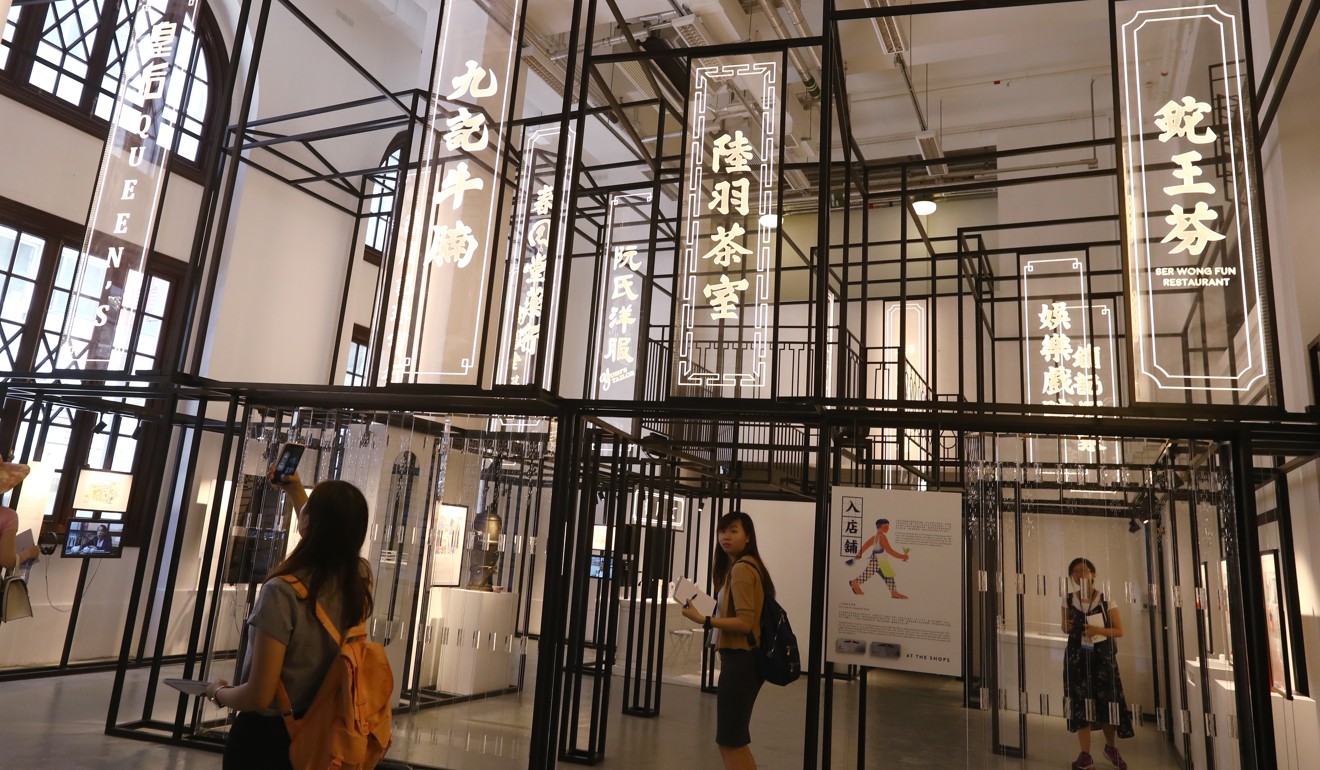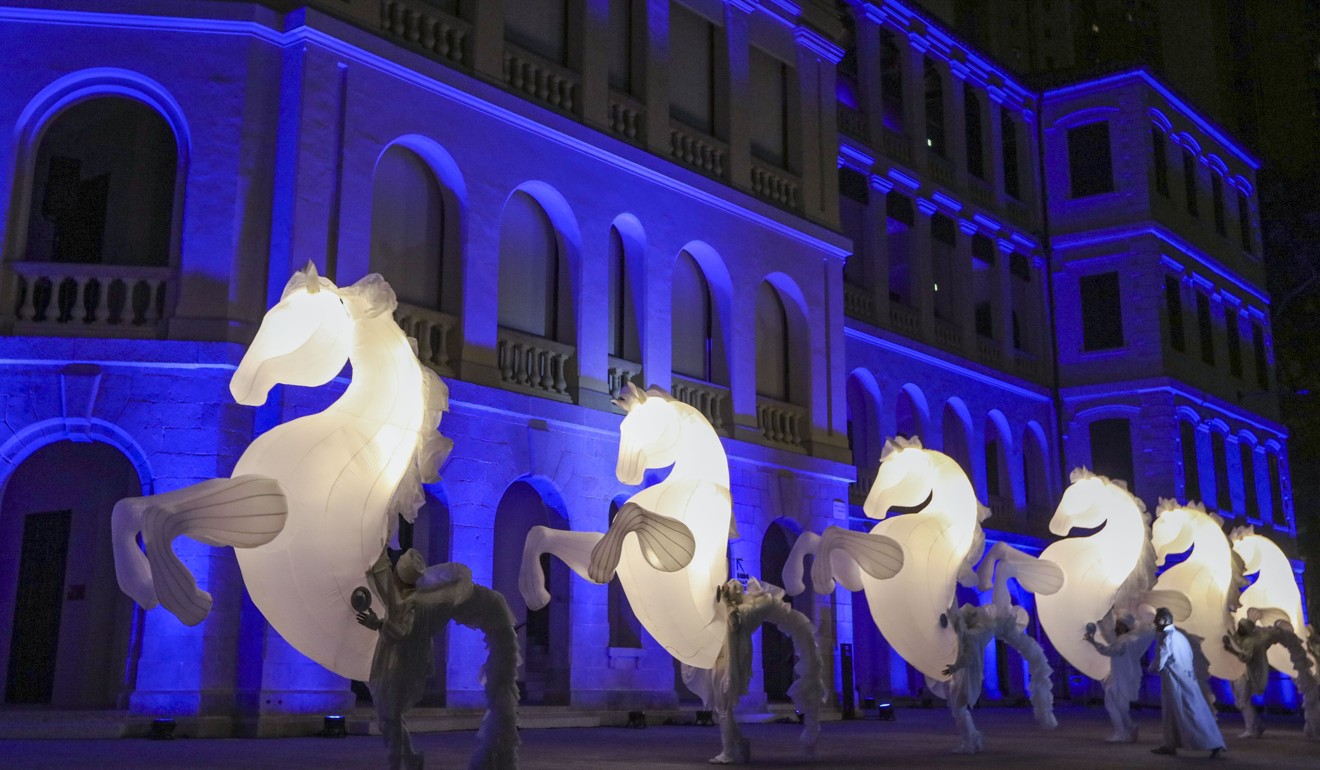
Central Police Station is now the Tai Kwun Centre for Heritage and Arts, where fond Hong Kong tales live on
Partial unveiling of restored compound expected to receive 9,000 visitors this weekend

It is the 1970s and a policeman is called to the scene of a robbery in Central. As he rushes down the smooth granite slabs of Pottinger Street in his heel-tapped boots, he slips and falls, an incident earning him the nickname “Slippery Sir”.
The tale is among dozens of anecdotes and memories – some bittersweet, others humorous – illustrated in an inaugural exhibit at the restored Central Police Station. The displays will showcase the storied history of the compound and its surroundings in a partial opening to the public on Tuesday.
The “100 Faces of Tai Kwun” is the first public exhibition to be held in what is now the Tai Kwun Centre for Heritage and Arts, following the completion of an eight-year, HK$3.8 billion (US$484 million) revitalisation project by the Hong Kong Jockey Club.
Tai Kwun, or Big Station, is the colloquial name for the 300,000 sq ft compound.
“This was a great opportunity for us to gain a better understanding of Tai Kwun, as well as its role in the community,” Winnie Yeung Wing-yin, the centre’s head of heritage, said.

The compound, built between 1864 and 1925, comprises 16 historic buildings grouped under the police station, the former Central Magistracy and Victoria Prison. The exhibition is located in a block which used to be the complex’s headquarters along Hollywood Road.

“We got in touch with many kaifongs (local residents and workers) during the research phase, and discovered more about the Central community, along with stories of Tai Kwun and the neighbourhood,” said Lau Kwok-wai, executive director of the Conservancy Association Centre for Heritage, which helped curate the exhibition.
At least 9,000 visitors are expected over the weekend, according to Timothy Calnin, director of the centre. Those interested must register for tickets on a website or through mobile app Taikwun.hk.
Retired police officer Eddie Chung Sui-cheong, 68, who served at Tai Kwun multiple times, said he held fond memories as he returned for a walk down memory lane on Monday for the first time in years.
Rumour has it that when there were a lot of promotions, the tree would bear a lot of fruit that year
“I’m so happy they were able to preserve Tai Kwun as I spent nearly half of my [38 years] on the force here,” said Chung, who grew up nearby and was one of the first tenants of the nearby police quarters.
His biggest source of nostalgia: revisiting the large, 60-year-old mango tree in the parade ground that the force insisted on preserving after the station was decommissioned in 2006.
“Rumour has it that when there were a lot of promotions, the tree would bear a lot of fruit that year,” he recalled. “We would drool over the mangoes but our superiors never let us go near that tree … On night shifts, we would secretly poke the fruits out of the tree and catch them with our hats.”

The conservation and conversion of Tai Kwun, which is surrounded by Hollywood Road, Arbuthnot Road, Chancery Lane and Old Bailey Street, is regarded as the biggest adaptive reuse of a heritage site in the city.
Another section in the compound, the three-storey Married Inspectors’ Quarters – built in 1864 – will remain closed as efforts are under way to restore a wall and part of its roof, which collapsed in 2016.